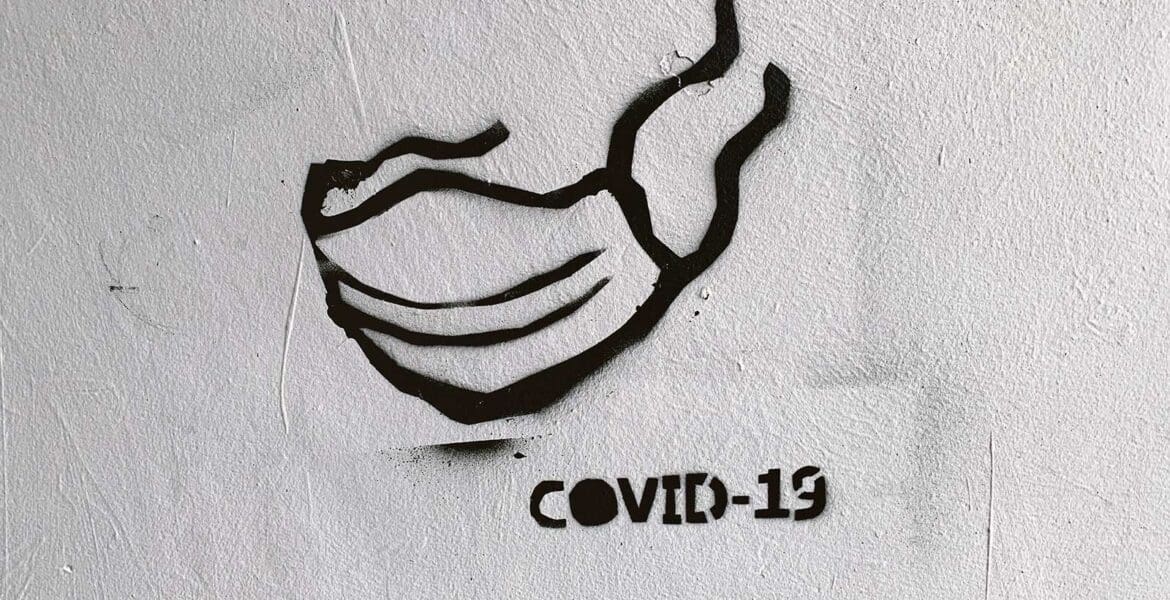By Ericka Podesta McCoy, CMO, Resonate
A year ago, we were all frantically Googling “what is COVID-19?” and trying to figure out whether it would have an impact on our spring break plans. Now, one year later, more than 90 million doses of the coronavirus vaccine have been administered in the United States, and people are trying to figure when—if ever—life might start to look a little more normal.
The past 12 months have been a personal and professional rollercoaster for all Americans, and brands have been doing their best to ride the ups and downs with them. Throughout the course of the pandemic, Resonate has been continuously releasing its COVID-19 and recent events data to help brands make data-driven decisions by keeping pace with the wild swings in consumer sentiments across topics including shopping, finances, travel, vaccine readiness and others. How else can a brand survive and thrive during these turbulent times?
So how are consumers feeling now, a full year after the onset of the pandemic? Let’s take a look at five core insights from our latest wave of surveys.
Growing vaccine acceptance
Early in the pandemic, there were a lot of questions as to how many Americans would raise their hands for a quick-to-market vaccine. Now that the vaccines are a reality, we’re seeing notable spikes in consumers’ stated likelihood to get a vaccine. As of our most recent survey, the number of consumers who are “completely likely” to get a vaccine is up 12 percent (representing 43 percent of American adults), and the percentage of those who are “not at all likely” has declined 3 percent (representing 17 percent of American consumers). Likewise, Americans say they will line up for the vaccine sooner than previously thought, with 32 percent saying they’ll want to take it within a week of availability (an 11 percent increase over the previous survey wave).
Skepticism about the “return to normal”
That said, despite vaccine rollout, the number of American consumers who now indicate they believe it could be more than a year before life goes back to normal increased by 5 percentage points from January to February, with nearly 39 percent now believing it could be a year or longer. At this point, nearly 11 percent believe life will never return to normal.
Loosening perception on restrictions
That said, despite growing pessimism around a return to “normal,” this doesn’t mean consumers think we’re stuck at home forever. In February, the number of consumers who say they are under strict stay-at-home orders plummeted by 10 percentage points. Likewise, consumer perception of pandemic restrictions is loosening across the U.S., with 18.1 percent of Americans now reporting “many restrictions” in their state—a decline of 10 percent since the prior month.
Gradual financial improvement
Likewise, many consumers report that their personal financial situations are improving, albeit gradually. Most recently, 19 percent of consumers said they are struggling to pay for necessities, a decline of 4.4 percent since the prior month. Meanwhile, 31.3 percent (+3.6) say they are living comfortably, and 22.4 percent (+3.9) are “not at all worried” about their finances. We’re also seeing slight increases in reported spending and a slight decline in the number of consumers who are budgeting and monitoring expenses.
Eagerness to return to stores and restaurants
In general, we see that consumers right now are itching to shop in-store, with 49 percent (+4) stating in-store browsing and buying as their top shopping preference. Meanwhile, curbside pick-up and same-day delivery are losing their luster, with preferences for each declining 5 and 3.7 percent, respectively. At the same time, in-restaurant dining frequency has increased slightly.
That said, this willingness to engage in regular day-to-day excursions does not seem to be extending to leisure travel. In fact, 60 percent of consumers now believe “normal” travel won’t resume until September 2021 at the earliest, compared to only 43 percent last month.
At every turn in the pandemic, marketers have struggled to respond with the right messaging and strategy, caught off-guard by the dramatic shifts and lacking the data and insights required to root their decisions. How do you empathetically engage a consumer who, last month, may have been planning a summer vacation and now is wondering whether they’ll spend another holiday season alone? The pandemic has accelerated a number of macro-trends, making it clear that access to the freshest, most relevant data has never been more critical. Marketers need to adjust their messaging—not to mention their customer experiences and product development plans—in real-time in order to form stronger, more meaningful, human connections with their customers.




